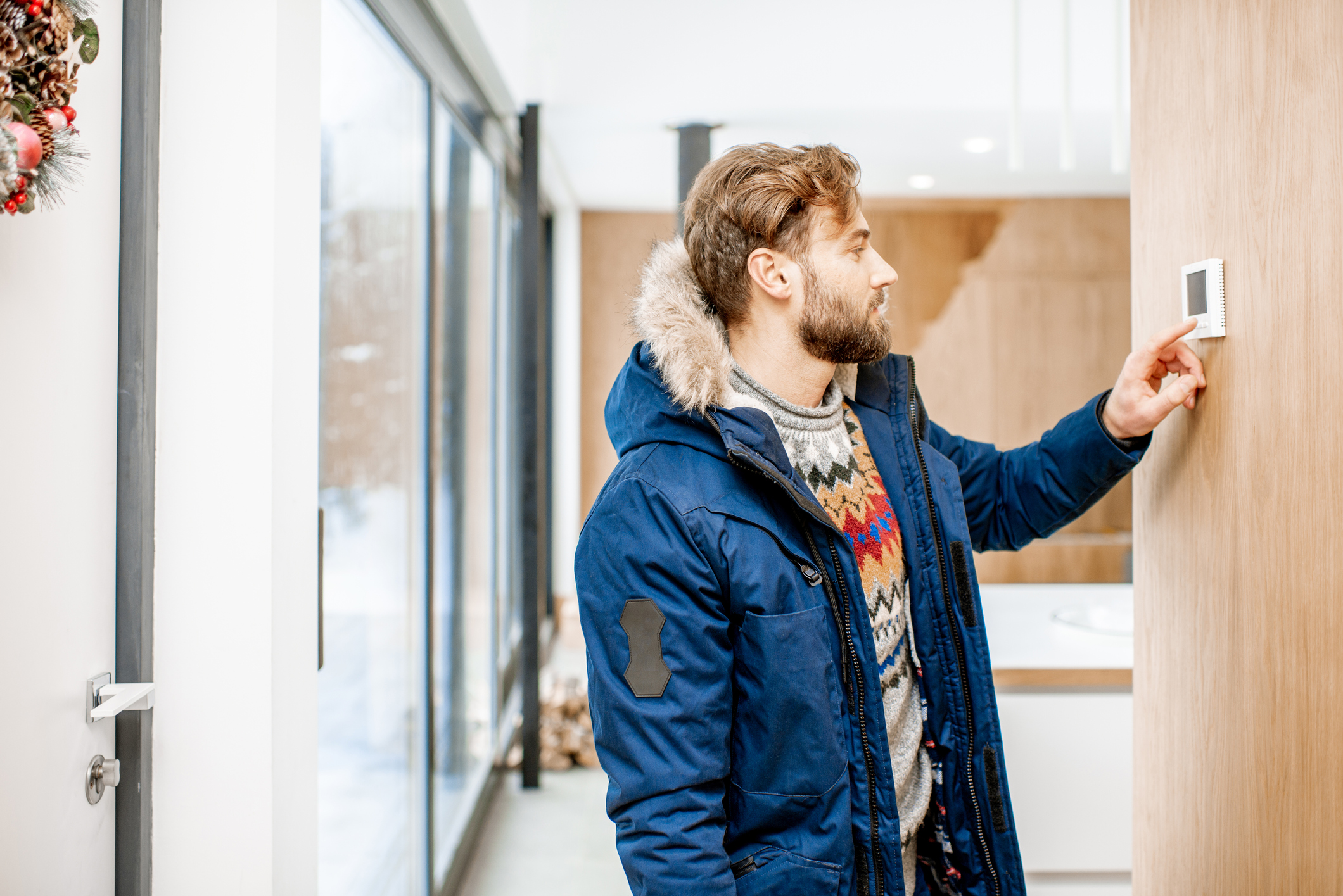Get Easy Health Digest™ in your inbox and don’t miss a thing when you subscribe today. Plus, get the free bonus report, Mother Nature’s Tips, Tricks and Remedies for Cholesterol, Blood Pressure & Blood Sugar as my way of saying welcome to the community!
Keeping warm this winter could make avoiding flu and COVID harder

We’ve all heard the warnings…
The fall and winter months are expected to be a little rocky thanks to the combination of the pandemic and a potentially nasty flu season. If there was ever a good time to consider the status of your immune system and mitigate your exposure to the dual virus threat, it’s now.
Yet, there’s something else you need to consider — a factor that studies have found could further raise your risk of viral infection in the coming months — and that’s the time you’ll spend indoors.
Modern ventilation systems may be super-spreaders
The ventilation system at your workplace, or even in your home, could actually accelerate the spread and risk of transmission of SARS-CoV-2, the virus that causes COVID-19, according to researchers from the University of Cambridge.
The team looked at one of the most widely-used types of systems (mixing ventilation systems) which are designed to keep conditions and temps uniform in all parts of a room.
Why did these systems worry the researchers?
Because of the simple fact that when they disperse airflow equally across a room, they also disperse airborne contaminants evenly throughout the space. That means contaminants that can include droplets and aerosols potentially containing coronavirus or the flu can easily spread.
The evidence
So that they were able to effectively model how the coronavirus as well as other viruses spread indoors, the team looked at how people exhale and how their exhaled breath moves thorough a space depending on ventilation.
They were even able to visualize the change in temperature and density of the air when someone breathes out to find differences in levels in nasal breathing, speaking and laughing.
“You can see the change in temperature and density when someone breathes out warm air — it refracts the light and you can measure it,” said Dr. Rajesh Bhagat. “When sitting still, humans give off heat, and since hot air rises, when you exhale, the breath rises and accumulates near the ceiling.”
The researchers also saw that when someone laughs, the disturbance to the air is large and could greatly increase transmission.
This all confirmed that the air conditioning and heating system that keeps you cool in the summer and warm during the fall and winter could be one of the greatest dangers in the next few months – spreading any viral particles in the air to all parts of a room — and then locking them inside with you.
What do the researchers advise?
While this threat is immediate now that the air is beginning to turn cooler in parts of the country, the good news is that the Cambridge team was also able to determine how we can best protect ourselves.
The researchers once again proved that masks are effective at reducing the spread of exhaled breath, and therefore droplets that could be hiding viral particles.
So, if you’re going into an office or building with lots of people to work every day, or live in a home with others who do, masks are still your best option for viral protection.
According to lead researcher, Professor Paul Linden from Cambridge’s Department of Applied Mathematics and Theoretical Physics, “While pretty much all masks will have a certain amount of leakage through the top and sides, it doesn’t matter that much, because slowing the momentum of any exhaled contaminants reduces the chance of any direct exchange of aerosols and droplets as the breath remains in the body’s thermal plume and is carried upward toward the ceiling. Additionally, masks stop larger droplets, and a three-layered mask decreases the amount of those contaminants that are recirculated through the room by ventilation.”
Open up some windows
While you might already be masking up to avoid infection, here’s one more piece of advice the researchers say we should all follow in the coming months…
“Keep windows open and wear a mask appears to be the best advice,” said Linden.
This study isn’t the first study to show that opening a window so that fresh air can circulate could help reduce viral transmissions, but it is a great reminder as we head into the cooler months where there’s a tendency to lock down tight and spend more time indoors.
Opening a window can be difficult if you live in an area where it gets very cold. But if you decide to brave this advice, consider opening a window that faces the sun during the warmest part of the day for a short period of time to maximize any warmth.
Sources:
Many ventilation systems may increase risk of COVID-19 exposure, study suggests — ScienceDaily












